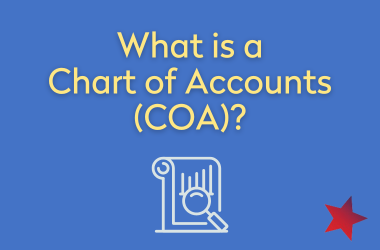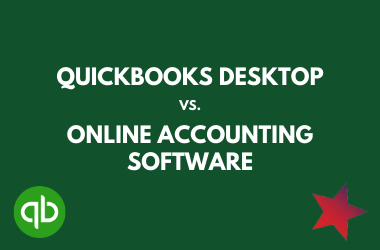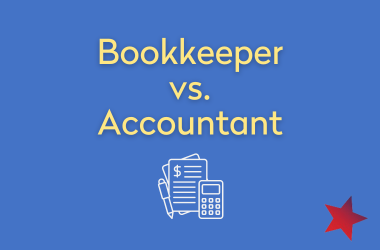How to Complete a Cash Flow Statement
What is a Cash Flow Statement?
A Cash Flow Statement is a financial statement that tracks the movement of a company’s cash over a selected period of time. This is an all-inclusive statement because it includes the inflow and outflow of cash made by the business through operations, investments, and financing activities. It is an indicator of good health when cash inflow exceeds cash outflow.
Why is a Cash Flow Statement Important?
Maintaining a clean cash flow statement is important because it allows you to project any cash flow issues down the line or can help you strategize how to best use your cash reserve. For example, as an artist you may confirm an engagement a year ahead of the actual engagement. Leading up to the event, you may need to pay for some expenses up front. This could cause cash flow issues if you have not properly prepared for the upfront costs. Knowing this information at the start will allow you to better negotiate, maintain successful relationships, and overall run a more financially healthy business.
What do I need in order to put together a Cash Flow Statement?
Pentacle has provided a Cash Flow statement template that artists can use if they don’t have an accounting software such as QuickBooks. This formulated template is ideal for individual artists looking for a way to organize their cash flow on a monthly basis. It’s important to remember that a Cash Flow Statement works best when used alongside other financial statements such as a Profit and Loss Statement and a Budget.
Use the Pentacle Template to Get Started
How to Use this Template:
- Fill in your Company Name and Year in cell A1.
- The template is organized into three sections:
- Operating Activities ← Refers to all activities related directly to the function of running your business i.e. Contributed Income, Earned Income, Personnel expenses, production and travel expenses, general operating expenses.
- Cash Inflow ← We have provided some sample line items that are most common for an artistic entity.
- Cash Outflow ← We have provided some sample line items that are most common for an artistic entity.
- Investment Activities ← Refers to activities which bring a change to long-term assets such as the purchase and selling of property or equipment.
- Cash Inflow ← We have provided the most common type of investment activity for artistic entities.
- Cash Outflow ← We have provided the most common type of investment activity for artistic entities.
- Financing Activities ← Refers to activities related to raising capital and paying back long-term liabilities such as receiving and paying back a loan.
- Cash Inflow ← We have provided the most common type of investment activity for artistic entities.
- Cash Outflow ← We have provided the most common type of investment activity for artistic entities.
- Enter in your own numbers into each section for each month.
- Once you’ve entered in your numbers, your summary at the top will automatically be calculated. This will provide you with a clean overview at first glance. Numbers should be updated as you receive more information and receive actual numbers from month to month.
Additional Tips:
- If you have QuickBooks, you can condense the Operating Activities section and just add a line for your net income for the same monthly period.
- Unlike other financial statements, this report should only reflect activity in which the cash movement actually occurred during that period.
Related Resources
What is a Chart of Accounts (COA)?
What is a Chart of Accounts (COA)?Why is a Chart of Accounts (COA) important for your bookkeeping practices? A Chart of Accounts (COA) is a list of the accounts that an organization has identified for recording and allocating transactions in its general ledger. Within...
Quickbooks Desktop versus Online Accounting Software
Quickbooks Accounting Software: Desktop versus Online OptionsComparing Quickbooks Accounting Software: Desktop versus Online Options If you’ve already chosen Quickbooks as your accounting software, the next step is to choose between their various offerings – desktop...
Bookkeeper vs. Accountant
Bookkeeper vs. AccountantThe terms bookkeeper and accountant are often used interchangeably. However, they both hold very different roles. So what is the difference between a bookkeeper and an accountant? Bookkeeper A bookkeeper’s job is to keep an organization...



